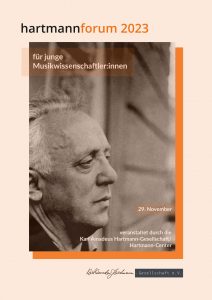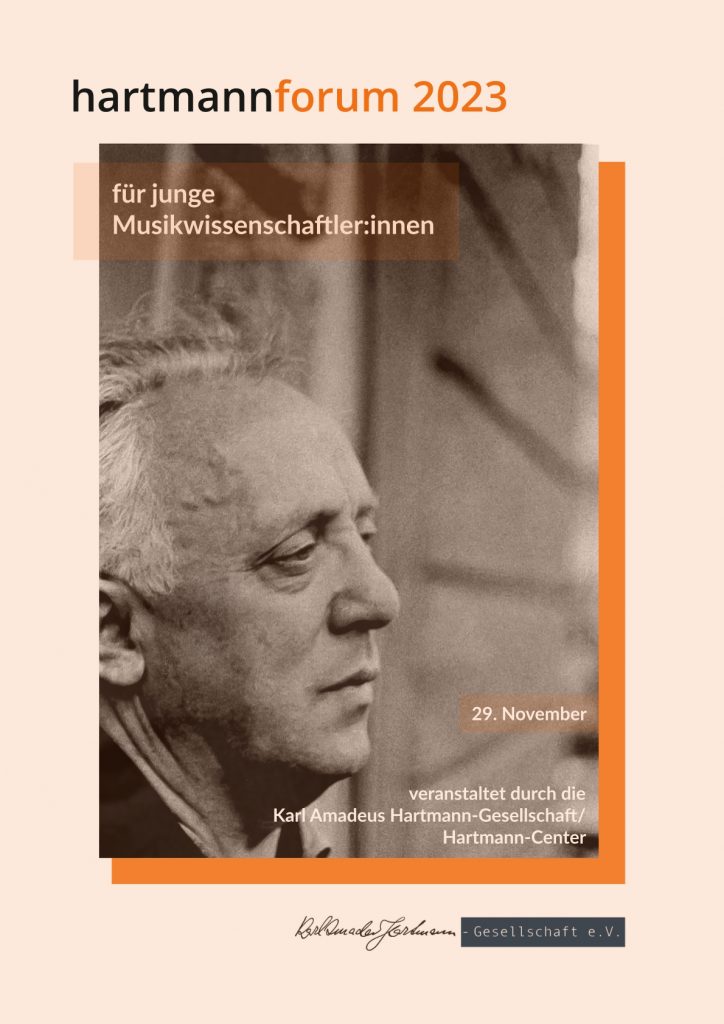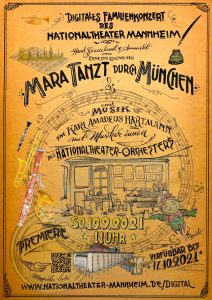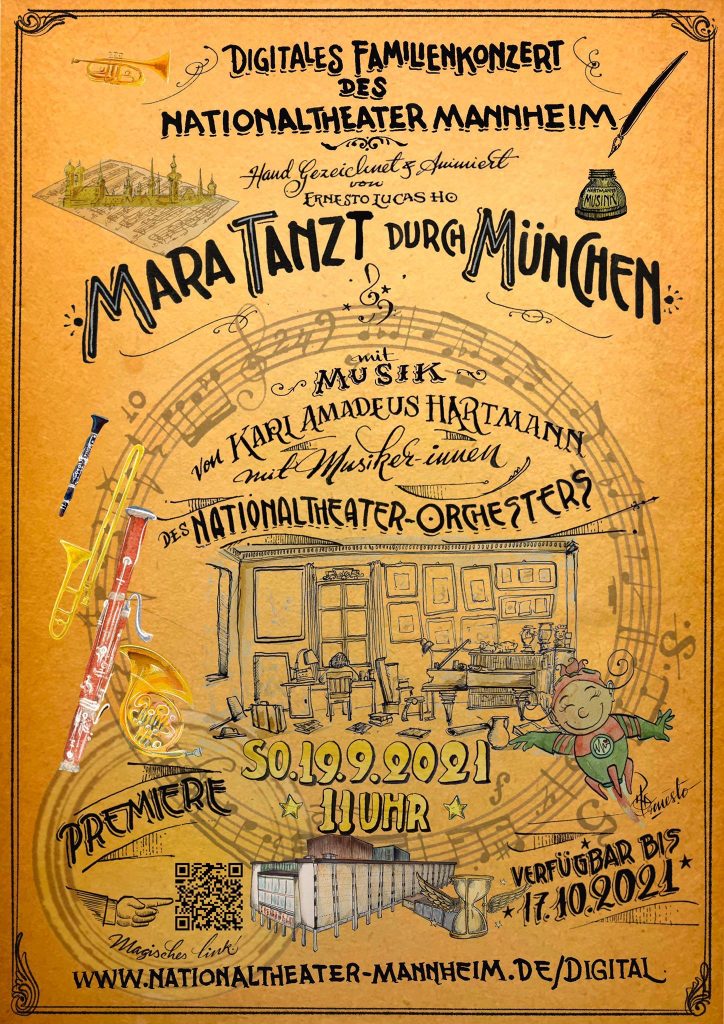![]()
The Karl Amadeus Hartmann-Gesellschaft/Hartmann-Center is organizing the hartmannforum for the first time on 29 November 2023, thus initiating a new platform for the promotion of young musicologists in German-speaking countries. The scientific conference hartmannforum will be held in the premises of the Karl Amadeus Hartmann-Gesellschaft/Hartmann-Center in Franz-Joseph-Str. 20 80801 Munich. The overarching theme is Karl Amadeus Hartmann’s Gesangsszene for baritone and orchestra to words from “Sodom and Gomorrha” by Jean Giraudoux. The lecture evening will comprise two contributions of approx. 45 min to max. one hour in length, one of which will deal with the Gesangsszene in a music-analytical way and the other in a music-historical way.
The call for applications is specifically aimed at people who have already obtained a Bachelor of Arts/Bachelor of Music degree in musicology or music studies and were born after 29 November 1993. All information on the hartmannforum can be found in the call for papers, which you can download below. Please note, that the hartmannforum is going to be held in german.
The application deadline is 01.05.2023 at 23:59 CET (digital receipt via email). Applications received after this date cannot be considered. The winners will be notified by e-mail no later than 01.07.2023.
If you have any questions, please contact Ms Marion Lutsch (marion.lutsch@hartmann-gesellschaft.de).
